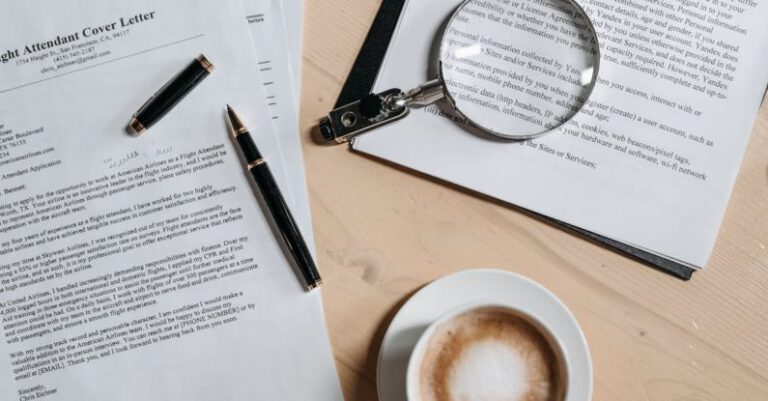What Impact Does Resume Design Have on Job Prospects?
In today’s competitive job market, job seekers are constantly looking for ways to stand out from the crowd. One often overlooked aspect of the job application process is the design of one’s resume. While the content of a resume is crucial, the presentation and layout can also play a significant role in catching the attention of recruiters and potential employers. In this article, we will explore the impact that resume design can have on job prospects.
The Visual Appeal of a Resume
When a recruiter receives a stack of resumes for a particular job opening, the first thing they often do is skim through them to quickly narrow down their options. A well-designed resume with an aesthetically pleasing layout can immediately catch the eye and make a positive first impression. On the other hand, a cluttered and poorly formatted resume may be quickly dismissed, even if the content is strong.
The visual appeal of a resume includes factors such as font choice, spacing, use of color, and overall layout. A clean and organized design can make it easier for recruiters to navigate the resume and find the information they are looking for. On the other hand, a chaotic design can be distracting and make it difficult for recruiters to quickly assess a candidate’s qualifications.
Highlighting Key Information
Effective resume design can help highlight key information and make it easier for recruiters to identify relevant skills and experience. By using headings, bullet points, and bold text strategically, job seekers can draw attention to their most impressive achievements and qualifications. A well-designed resume guides the reader’s eye to the most important details, ensuring that nothing gets overlooked.
In contrast, a poorly designed resume may bury important information in long paragraphs or obscure it with unnecessary graphics or decorations. Recruiters are often pressed for time and appreciate resumes that are clear, concise, and easy to read. A cluttered design can make it difficult for recruiters to quickly assess a candidate’s suitability for a position.
Reflecting Professionalism
The design of a resume can also reflect a candidate’s professionalism and attention to detail. A polished and well-designed resume suggests that the candidate has put effort into their application and cares about making a good impression. On the other hand, a sloppy or unprofessional design can give the impression that the candidate is careless or unprepared.
Choosing a clean and professional design for a resume can help convey a sense of competence and professionalism. Simple design elements such as consistent formatting, ample white space, and a professional font choice can make a resume look more polished and sophisticated. By paying attention to these details, job seekers can demonstrate their commitment to presenting themselves in the best possible light.
Adapting to Different Industries
It is essential to consider the industry and company culture when designing a resume. Different industries may have varying expectations when it comes to resume design. For example, a creative field such as graphic design or advertising may welcome more visually engaging resumes with unique layouts and graphics. On the other hand, a more traditional industry like finance or law may prefer a more conservative and straightforward design.
Job seekers should research the norms and expectations of their target industries and tailor their resume design accordingly. While it is essential to stand out, it is also important to strike the right balance between creativity and professionalism. A well-designed resume should align with the expectations of the industry while still showcasing the candidate’s unique qualifications and strengths.
Incorporating Technology
With the increasing use of applicant tracking systems (ATS) by companies to screen resumes, job seekers must also consider how their resume design will fare in an automated system. ATS software scans resumes for keywords and specific formatting requirements, which can impact how a resume is evaluated by recruiters.
When designing a resume, job seekers should ensure that it is compatible with ATS software by using standard fonts, headings, and formatting. Avoiding fancy graphics, images, or complex layouts can help prevent the ATS from misinterpreting or rejecting the resume. By optimizing their resume design for ATS, candidates can increase their chances of making it past the initial screening process and into the hands of a human recruiter.
Conclusion: Making a Lasting Impression
In conclusion, the design of a resume can have a significant impact on job prospects. A well-designed resume can catch the eye of recruiters, highlight key information, convey professionalism, adapt to different industries, and navigate ATS systems effectively. Job seekers should pay attention to the visual appeal, readability, and compatibility of their resumes to make a lasting impression on potential employers. By investing time and effort into creating a well-designed resume, candidates can increase their chances of standing out in a competitive job market and landing their dream job.






